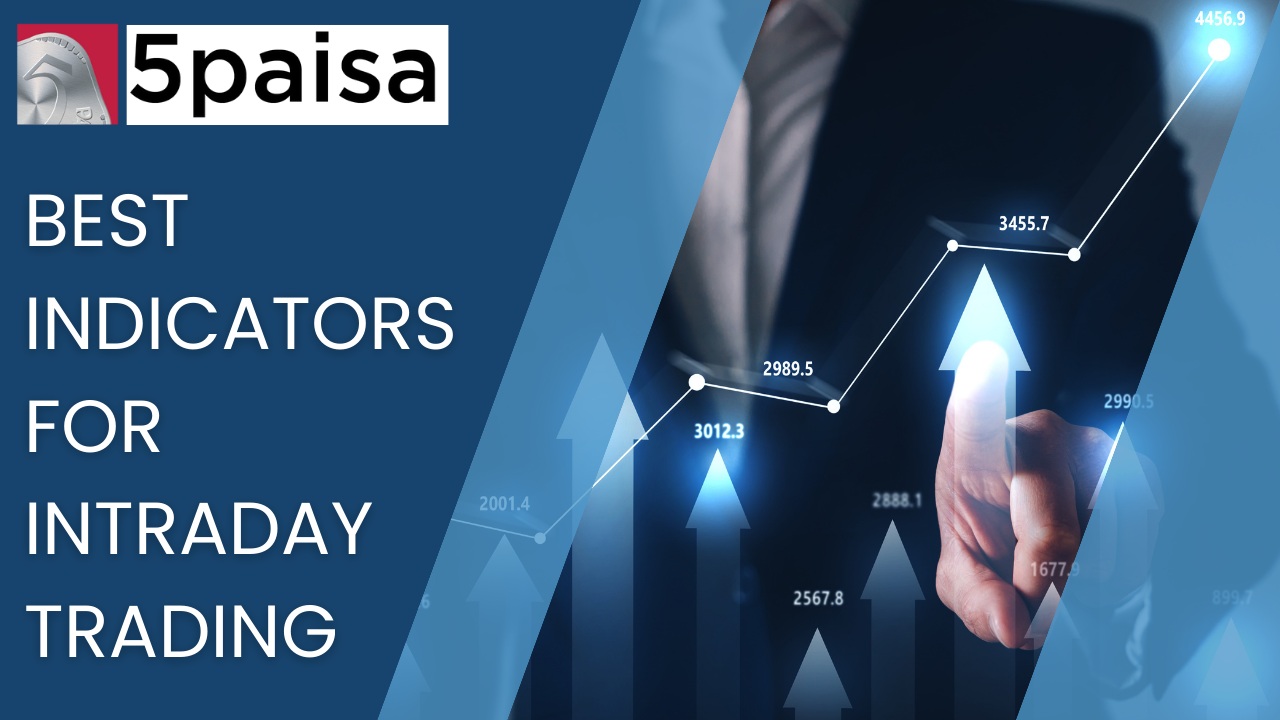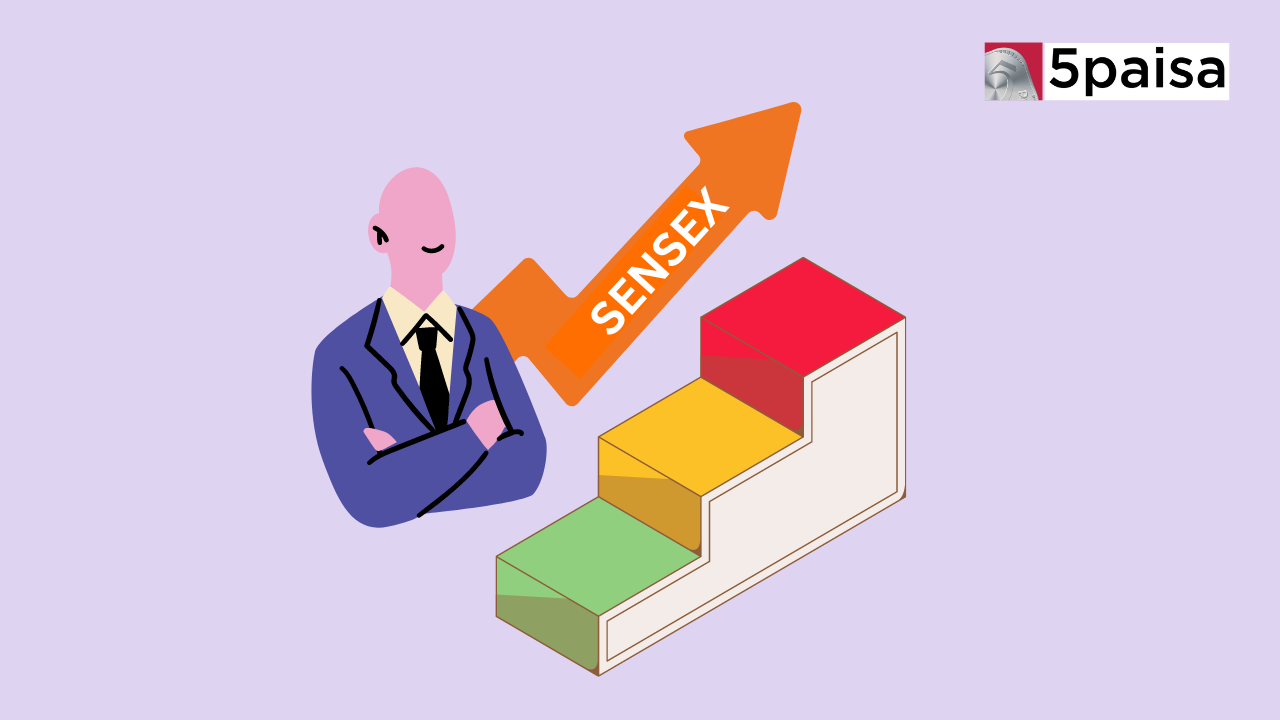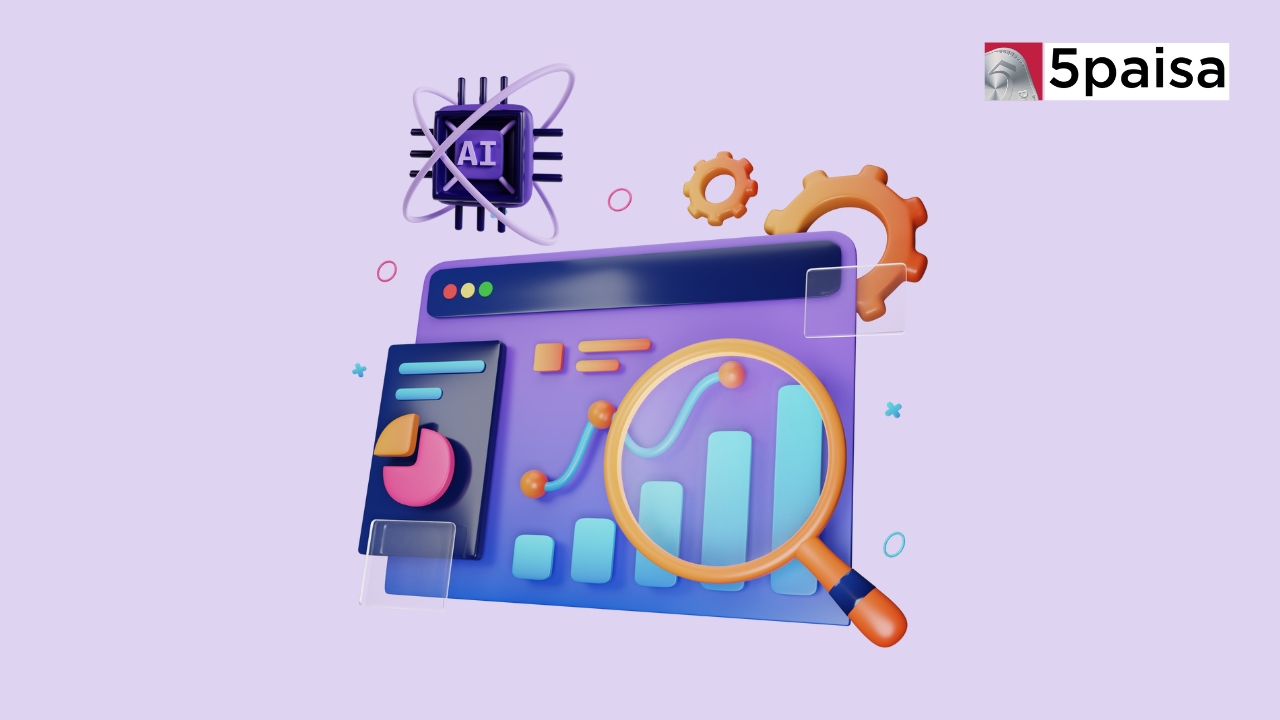List Of Maharatna Companies In India
Best Indicators for Intraday Trading

Last Updated: 22nd August 2023 - 04:19 pm
Introduction
Intraday trading, also known as day trading, is a fast-paced trading strategy where traders aim to take advantage of short-term price fluctuations in financial markets. To succeed in this highly competitive arena, traders rely on various best indicators for intraday to make informed decisions and maximize their chances of profitability. These indicators serve as valuable tools for analyzing market trends, identifying entry and exit points, and managing risk effectively.
When it comes to selecting the best indicators for intraday trading, several factors come into play. Some best indicators for intraday include relative strength index (RSI), moving averages, stochastic oscillator, Bollinger Bands and volume. Moving averages help traders identify trends and potential reversals, while RSI and stochastic oscillators indicate overbought or oversold conditions. The volume provides insights into market liquidity and helps confirm price movements, while Bollinger Bands assist in identifying volatility and potential breakout opportunities.
However, it is important to note that no single indicator can guarantee success in intraday trading. Traders must carefully analyze multiple indicators, consider market conditions, and combine them with sound risk management strategies to make well-informed trading decisions. By leveraging the power of these indicators effectively, traders can enhance their chances of success in the dynamic world of intraday trading.
What are Intraday Indicators?
Intraday indicators are powerful tools used by traders in the field of day trading to analyze market trends and make informed decisions regarding their trades. These indicators are specifically designed to assess price movements and provide insights into the short-term dynamics of the financial markets.
There are several types of intraday indicators that traders commonly rely on. Moving averages, for example, help identify the average price over a specific period and highlight potential trends or reversals. Oscillators, such as the relative strength index (RSI) and the stochastic oscillator, measure the speed and momentum of price movements, indicating overbought or oversold conditions.
Volume indicators provide information about the number of shares or contracts traded, allowing traders to gauge market liquidity and confirm the validity of price movements. Additionally, volatility indicators like Bollinger Bands help identify potential breakout opportunities by measuring the range of price fluctuations.
By utilizing these best indicators for intraday trading effectively, traders can gain valuable insights into market behavior and enhance their decision-making process. However, it is crucial to interpret these indicators in conjunction with other technical and fundamental analysis tools to make well-rounded trading decisions and manage risk appropriately.
Understanding Intraday Indicators
Intraday trading indicators are tools used by day traders to analyze market trends and make informed trading decisions within a single trading day. These indicators include moving averages, oscillators like the RSI, stochastic oscillators, volume indicators, and volatility indicators like Bollinger Bands. Moving averages help identify trends, oscillators measure momentum, volume indicators indicate market liquidity and volatility indicators highlight potential breakout opportunities. By interpreting these indicators, traders can gain insights into price movements and make timely trading decisions. However, it's important to consider other analysis techniques and manage risk effectively for successful intraday trading.
Importance of Intraday Trading Indicators
Intraday indicators provide insights into market trends, momentum, volume, and volatility, helping traders make informed decisions and manage risk effectively in day trading, increasing their chances of profitability.
Trend
Trend refers to the general direction in which a market or asset price is moving. Identifying and analyzing trends through the best indicator for intraday helps traders determine whether to buy or sell, aligning their trades with the prevailing market direction.
Momentum
Momentum reflects the strength and speed of price movements. Momentum indicators help traders identify overbought or oversold conditions, indicating potential reversals or continuation of trends, enabling them to make timely trading decisions.
Volume
Volume refers to the number of shares or contracts traded in a given period. Volume indicators provide insights into market liquidity and help traders confirm price movements. High volume often supports the validity of price trends, while low volume may indicate weak market participation.
Volatility
Volatility measures the magnitude of price fluctuations. Volatility indicators, like Bollinger Bands, help traders identify periods of high or low volatility. High volatility presents trading opportunities for potential price swings, while low volatility may suggest a lack of significant market movement.
Overlays
Overlays are technical indicators that are plotted directly on price charts. They provide a visual representation of best indicators for intraday, like moving averages, Bollinger Bands, or trendlines, allowing traders to analyze their relationship with price movements, identify patterns, and make trading decisions based on the overlays' signals.
Oscillators
Oscillators are technical indicators that oscillate between two extreme values to indicate overbought or oversold conditions. Examples include the relative strength index (RSI) and the stochastic oscillator. Oscillators help traders assess the momentum and potential reversal points in price movements, aiding in timing their trades.
Useful Intraday Trading Indicators
Here are the useful intraday trading indicators:
Moving Averages
Moving Averages smooth out price data to identify trends and potential reversals. It is of two types:
a) Simple Moving Average (SMA) calculates the average price over a specific period, providing a basic trend indicator.
b) Exponential Moving Average (EMA) gives more weight to recent prices, making it more responsive to recent price changes.
Bollinger Bands
Bollinger Bands are a popular technical analysis tool that consists of a moving average and upper and lower bands. They help identify volatility and potential price breakouts, as the price tends to stay within the bands. Traders look for price movements near the bands for potential trading opportunities.
Momentum Oscillators
These best indicators for intraday measure the speed and strength of price movements. Examples include the Relative Strength Index (RSI) and Stochastic Oscillator, which help identify overbought or oversold conditions and potential reversals.
Relative Strength Index (RSI)
The Relative Strength Index (RSI) is a momentum oscillator that measures the speed and magnitude of price movements. RSI provides insights into overbought or oversold conditions, indicating potential price reversals. Traders use RSI to assess the strength and momentum of a security's price movement for trading decisions.
Moving Average Convergence Divergence (MACD)
Moving Average Convergence Divergence (MACD) is a trend-following momentum indicator. It combines two moving averages, a faster and a slower one, to identify potential trend reversals and generate buy or sell signals. MACD also includes a histogram that visualizes the difference between the two moving averages, helping traders spot changes in momentum and trend direction.
Stochastic Oscillator
The stochastic oscillator is a momentum indicator that compares a security's closing price to its price range over a specified period. It helps identify overbought and oversold conditions, signaling potential trend reversals. Traders use the stochastic oscillator to gauge the strength and potential turning points in price movements.
Commodity Channel Index (CCI)
The Commodity Channel Index (CCI) is a versatile momentum oscillator that measures a security's deviation from its average price. It helps identify overbought and oversold conditions and potential trend reversals. Traders use CCI to assess price extremes and anticipate potential changes in market direction for trading opportunities.
Conclusion
Identifying the best indicators for intraday trading requires a comprehensive understanding of the market dynamics and the ability to adapt to changing conditions. While there is no one-size-fits-all solution, several indicators have proven to be valuable in guiding intraday traders. Moving averages, relative strength index (RSI), volume, and Bollinger Bands are among the most commonly used indicators. However, it is crucial to remember that indicators alone cannot guarantee success. Traders must combine indicators with sound risk management strategies, market analysis, and experience. Moreover, continuous learning and adaptation to market trends are essential for staying ahead in the dynamic world of intraday trading.
FAQs
Which is the best indicator for intraday trading?
The best indicator for intraday trading depends on individual trading strategies and preferences.
Popular indicators include moving averages, RSI, MACD, Bollinger Bands, and stochastic oscillators.
Traders often combine multiple indicators and use them in conjunction with other analysis techniques for better decision-making.
Which technical indicator is the most accurate?
No single technical indicator is universally the most accurate. Accuracy depends on market conditions and individual trading styles. It's recommended to use a combination of best indicators for day trading and analysis tools to enhance accuracy and make well-informed trading decisions.
How do I use the Supertrend indicator for intraday trading?
To use the Supertrend indicator, identify buy signals when the price crosses above the indicator line and sell signals when the price crosses below it. Use stop-loss orders and consider other supporting indicators for confirmation and risk management.
Which technical analysis is best for intraday?
Different technical analysis techniques can be effective for intraday trading. Some popular ones include price action analysis, support and resistance levels, trendlines, and candlestick patterns. It's crucial to choose techniques that align with your trading style and provide consistent results.
What indicators do professional traders use?
Professional traders often use a combination of indicators, including moving averages, RSI, MACD, volume indicators, and Fibonacci retracements. They also consider market sentiment, news, and fundamental analysis. Each trader may have their own preferred set of indicators based on their experience and trading strategy.
What is the best trend indicator?
The top indicator for intraday depends on the trader's preference and trading style. Moving averages, trendlines, and the ADX (Average Directional Index) are popular trend indicators. However, it's important to use multiple indicators and analysis techniques to confirm trends and avoid relying solely on one indicator.
- Flat ₹20 Brokerage
- Next-gen Trading
- Advance Charting
- Actionable Ideas
Trending on 5paisa
Indian Stock Market Related Articles
Disclaimer: Investment in securities market are subject to market risks, read all the related documents carefully before investing. For detailed disclaimer please Click here.
 Sachin Gupta
Sachin Gupta
 5paisa Research Team
5paisa Research Team




